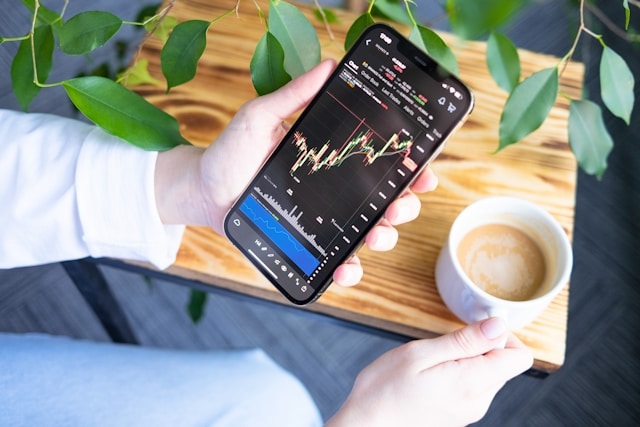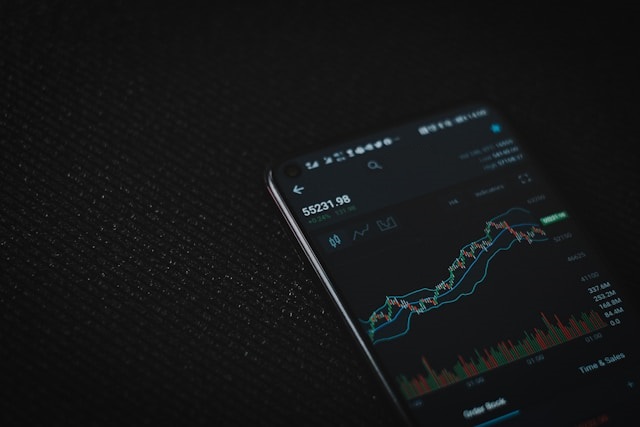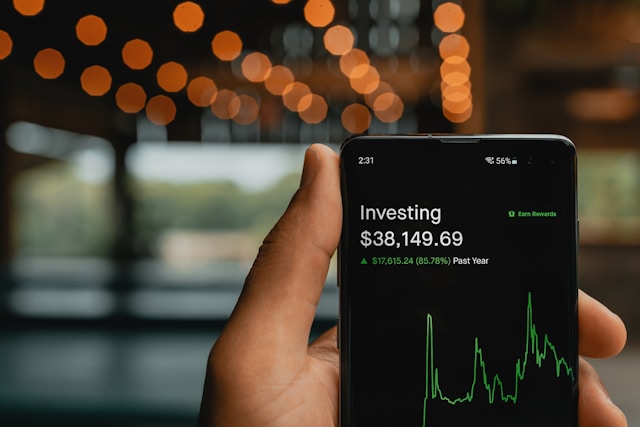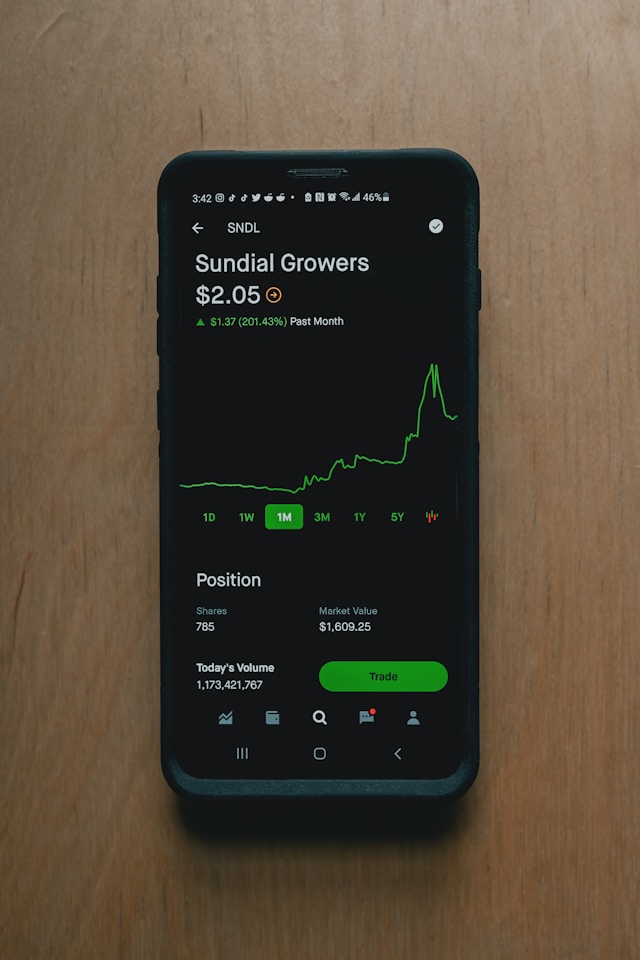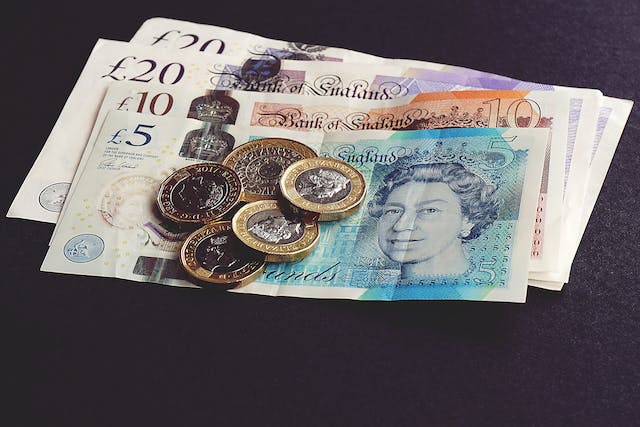
Sterling on the Seesaw: UK Economy's Mixed Signals
London: 13 March 2024 (TraderMade): The British Pound's (GBP) recent performance has been a story of ups and downs, mirroring the UK economy's mixed signals.
The GBPUSD pair has plummeted by 0.73% over the last week to 1.28001.
Key Takeaways
- The UK economy is on the mend, but challenges remain.
- The BoE's interest rate policy will be a key driver of the Pound's future direction.
- Global economic developments will also play a role in Sterling's performance.
Tailwinds for Sterling
Economic Recovery
The UK economy indicates improvement after a brief recession, with GDP expanding in January.
Strong Labor Market
Despite a slight slowdown, wage growth remains high, potentially boosting consumer spending and the Pound.
Higher Interest Rates
The Bank of England (BoE) is expected to keep interest rates higher for longer than other central banks, making UK bonds more attractive to investors and supporting the Pound.
Headwinds for Sterling
Cooling Factory Activity
Although the overall economy is recovering, manufacturing is showing signs of weakness.
Potential Rate Cuts
While the BoE is expected to hold for now, some market participants anticipate rate cuts later in the year, which could weaken the Pound.
Global Uncertainties
The Pound's fate is also tied to global economic conditions, which remain uncertain.
GBPUSD Trajectory: A Rollercoaster Ride in the Last Two Weeks
The past two weeks (from 28 February 2024 to 13 March 2024) have been a period of ups and downs for the GBPUSD currency pair. Here's a breakdown of the movement and possible reasons behind it:
Initial Stability
The period started with GBPUSD hovering around 1.26 with minimal daily fluctuations. This cautious stance suggests a wait-and-see approach from the market, possibly due to:
Lack of Major Economic Data
The absence of significant economic releases for either the UK or the US could have led to this initial stagnancy.
Upward Trend (4 March - 8 March)
The GBPUSD pair saw a steady rise, reaching a two-week high of 1.289 on 8 March. This appreciation could be attributed to:
Positive UK Economic Signals
News of a recovering UK economy boosted investor confidence in the Pound.
Higher Interest Rate Expectations
The possibility of the Bank of England maintaining higher interest rates for longer compared to other central banks could have made the Pound more attractive.
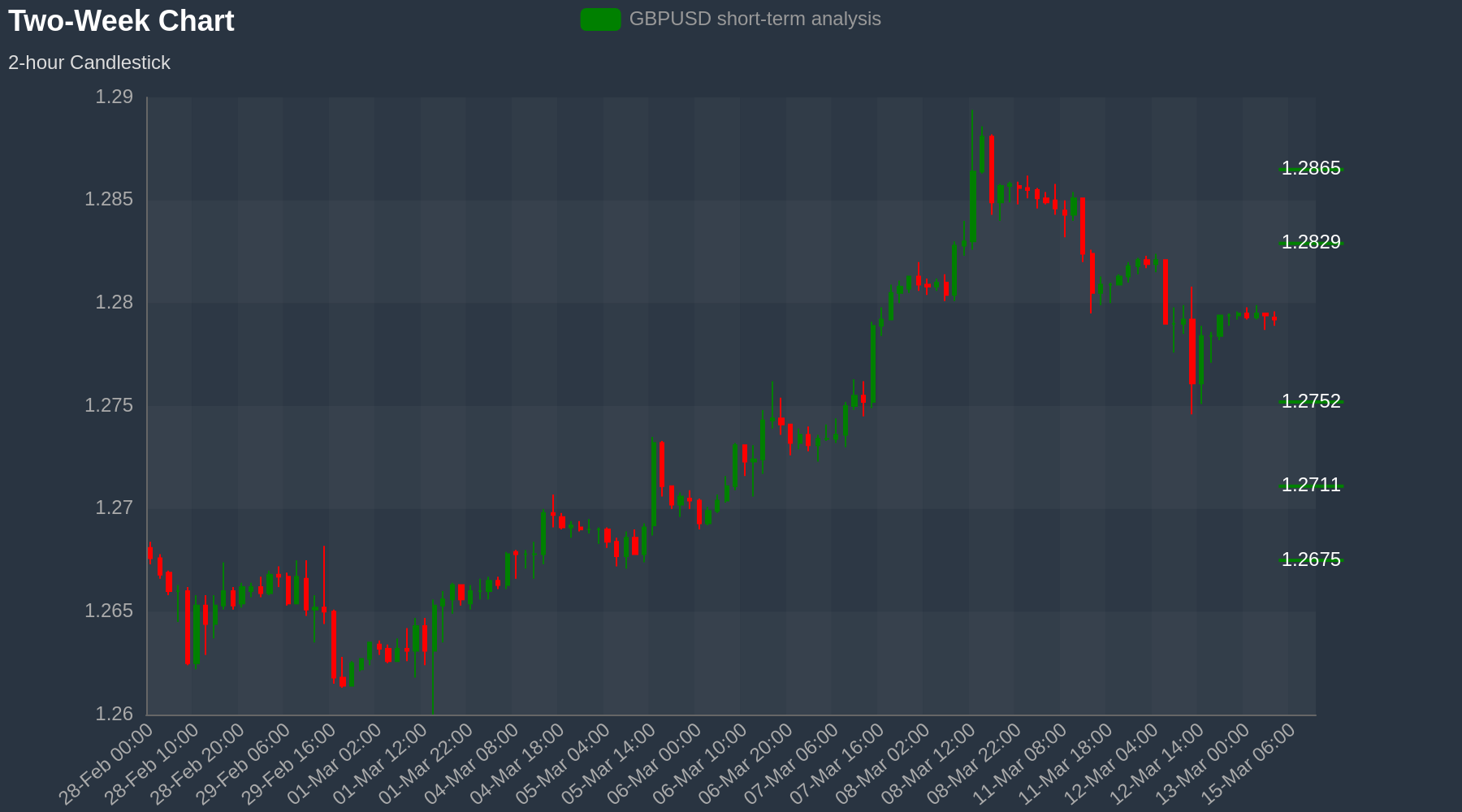
Correction and Consolidation (11 March - 13 March)
The last few days witnessed a slight decline and consolidation around 1.279. This pullback could be due to:
Profit-taking
After a significant rise, some investors might have decided to lock in profits, leading to a price correction.
Mixed Economic Data
While the overall UK economy shows improvement, concerns about cooling factory activity might have caused some caution in the market.
Overall
Despite the recent dip, the GBPUSD pair ended the two weeks slightly higher than where it began. However, the future trajectory remains uncertain and will likely depend on upcoming economic data releases and the Bank of England's policy decisions.
Summary
The Pound's recent performance reflects the UK economy's mixed bag of positive and negative signals. While tailwinds like economic recovery and strong employment exist, headwinds from cooling factory activity and potential rate cuts pose challenges.
The BoE's policy decisions and broader global economic trends will be crucial factors in determining Sterling's future trajectory.
